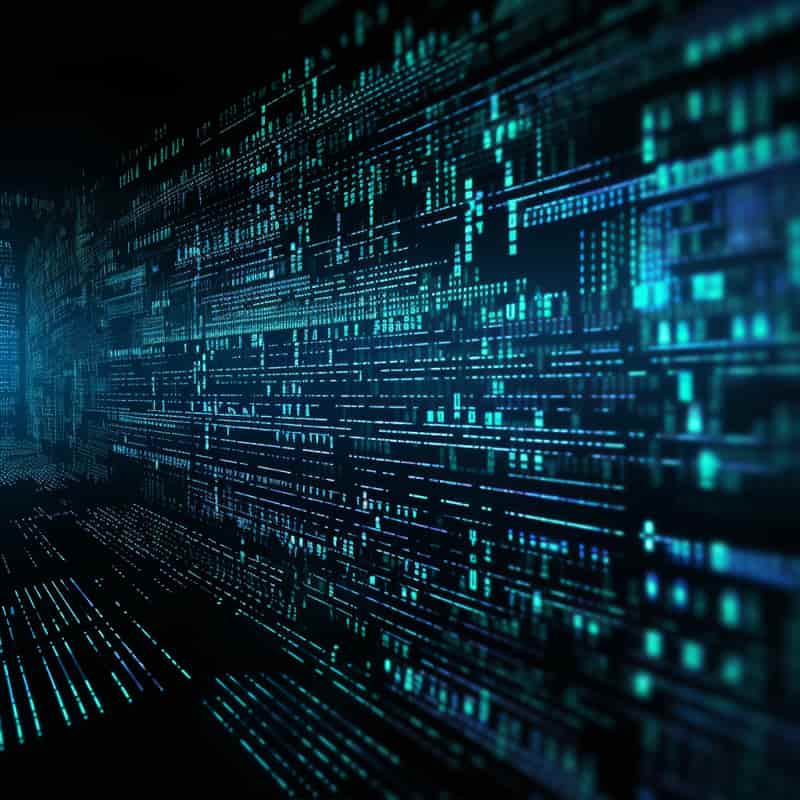Build and Release Engineer Interview Questions
Build and Release Engineer Interview Questions are designed to evaluate candidates for build and release engineer positions.
Each question assesses candidates’ technical knowledge and leadership potential, giving recruiters a better sense of their dedication.
Interviewers can utilise these questions to evaluate candidates’ qualifications, skills, shortcomings and potential.
Interviewers and candidates alike can use this advice to prepare themselves well for build-and-release engineering interviews, from knowing which questions will likely come up to how best to respond.
Interviewers should use this to conduct thoughtful yet accurate candidate assessments.

1. What is the primary goal of the build and release process?
The primary goal of the build and release process is to put the code into the production server.
2. What tools are used to package the code?
Tools such as Subversion and Maven are used to package the code.
3. What is the primary goal of the build and release engineer?
The main goal of the build and release engineer is to automate the process by taking the code from the repository and packaging it correctly.
4. What is the code promotion platform or server?
The code promotion platform or server that runs the upload is typically Unix or Linux.
5. What commands are necessary for maintaining the code?
The engineer must understand Linux commands, basic configuration, and administration to maintain the code.
6. What is the UAT environment?
The UAT environment is a testing environment before the code is ready for production.
7. How is the code packaged using scripts?
The code is taken from the repository and packaged using a build tool called Maven. The code output is converted into an EAR, JAR and WAR format. This JAR file is then deployed or copied to other servers, known as a deployment.
8. What is the main focus of the build and release process?
The main focus of the build and release process is to ensure the successful completion of the product.
9. What is the difference between application and production servers?
The application server is the primary goal of the build and release engineer, while the production server is the final destination of the code.

Build and Release Engineer Training

Deployment is the process of copying the JAR file into servers and restarting them.
11. What is a contiguous integration tool like Jenkins used for?
A contiguous integration tool like Jenkins automates the build and release process.
12. What are two different environments that a build and release engineer must maintain?
A build and release engineer must maintain a production and UAT environment.
13. What are the responsibilities of a build and release engineer?
A build and release engineer is responsible for maintaining the code, build tools, and contiguous integration process and supporting the UAT environment. They must also clean any complete file systems and ensure the environment functions correctly.
14. What is a code repository?
A code repository is a centralised location for storing and retrieving code.
15. What is the importance of a code repository for companies and products?
A code repository is crucial for companies and products, as it allows for continuous development and access to the same code worldwide.
16. What are service-based companies?
Service-based companies do not have main build and release roles but work for the client team, which has access to the code and controls the product’s release and testing.
17. What is change management?
Change management is a separate topic; companies have their tools and approvals.
18. What does the code repository maintain?
The code repository maintains the developer’s code, which is called Subversion or SVN.
19. What is the role of a build and release engineer?
The role of a build and release engineer is to manage the Java package using a tool called Maven.
20. What is the application server?
The application server is mainly a Unix or Linux platform.
21. What commands must a user know to administer the application server?
A user must know Unix’s complete, essential, and advanced commands for administering the application server.

Build and Release Engineer Online Training

22. What is deployment?
Deployment is a job transfer to the production server, which can be done using automation scripts or Jenkins.
23. What is Jenkins?
Jenkins is a GUI tool that monitors a single device’s projects, jobs, and activities. It can communicate with SVN, Maven, and a Linux machine, triggering commands from Jenkins.
24. How do Linux commands fit into deployment?
Proficiency in Linux commands is essential for a build and release engineer, but it depends on the code type. The role is to have the code in the SVN; from there, the function begins.
25. What are the two ways of deployment?
The two ways of deployment are using the Jenkins tool, a continuous integration tool, and the application server for user access.
26. What is the process of Release Engineering?
Release Engineering involves a step-by-step process of gathering requirements, coding, testing, and releasing the code. This process can be time-consuming, taking anywhere from 8 months to 1 year.
27. What is DevOps?
DevOps is a developer operating suite that supports the developer in the build and release operation.
28. What is Agile methodology?
Agile methodology is an iterative process that separates a project into smaller components and tasks and concentrates on each module.
29. What is Release Engineering?
Release Engineering is a process that focuses on compiling, converting changes, linking, running unit tests, and deploying the code.
30. What is Software Configuration Management?
Software Configuration Management is a crucial aspect of Release Engineering, controlling and tracking changes made by users or developers.
31. What is Versioning Control?
Versioning Control is a tool that helps in versioning and monitoring changes.
32. How does Versioning Control work?
Once changes are made, the code is submitted to the SEM tool, which automates the compilation and assembly of the code.
33. What is Continuous Integration?
Continuous Integration is essential for reducing bad builds due to code issues.
34. What is Minimal testing?
Minimal testing, like unit testing, can be done earlier to ensure acceptable changes.

Build and Release Engineer Interview Questions assess a candidate’s technical knowledge and expertise in software life cycle release, deployment, testing and management.
Questions focus on familiarity with build/release management automation tools/processes for software build/release engineering concepts such as body knowledge.
By asking these questions during interviews, only qualified individuals will be considered for engineering project management positions such as construction or dismantlement projects.

Build and Release Engineer Course Price


Prasanna
Author